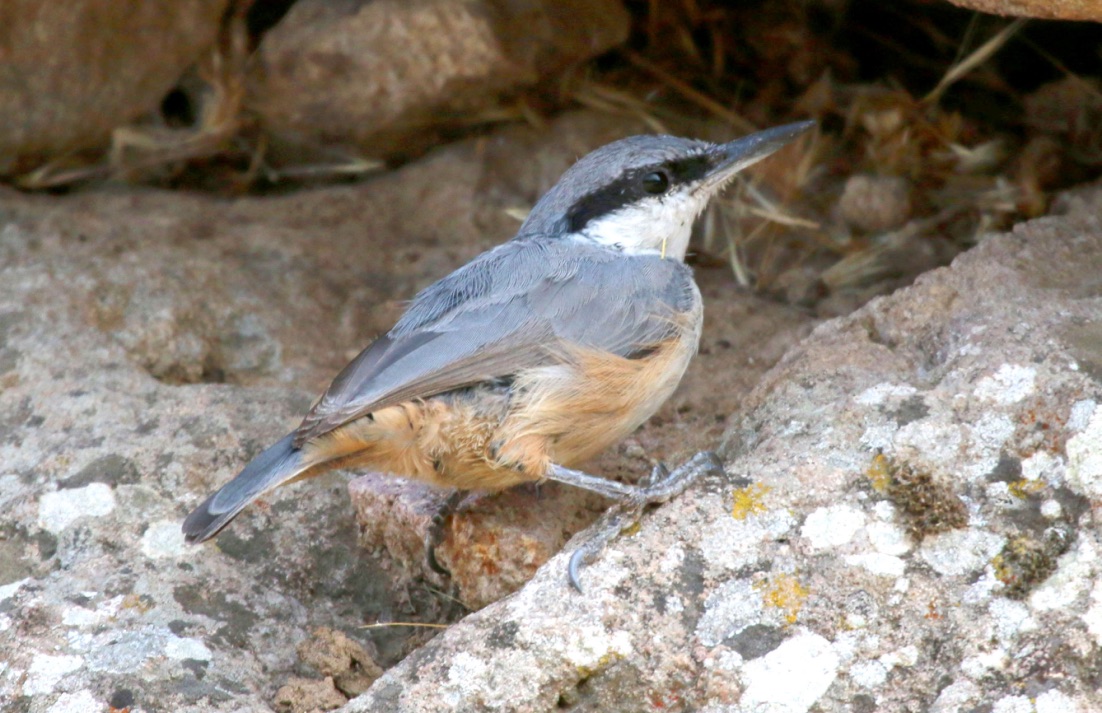Some birds:
Gravity envy, avifauna, and representation
Oliver Rozsnay
Birds represent the greatest regret to us humans. They have conquered gravity without any external equipment. It is this apparent effortlessness which inspires us to see in them a freedom that we can only yearn for or fantasise about. They haunt our imaginations and we feel compelled to burden them with representations of great significance, whether it be metaphorical, mythological, spiritual, divinatory, or just plain sublimated envy.
We have assigned great symbolic value to birds. We give them values or qualities to represent that we struggle to uphold ourselves. Think peace, think doves. Although we yearn for quietude and solace, it is easier to do the aspirational ritual of releasing doves en masse rather than take practical steps towards achieving it.
Birds had mastered the air while we were still plodding the savannah. We were fitfully dreaming of flying to the heavens when they were already gliding, diving, soaring, stooping, and hovering. They became the messengers of the gods and were the carriers of omens. In many cultures, just seeing a specific bird was the message, if you knew the code. And woe betide the individual who attempted to shortcut this; the hubris of Icarus was short lived when he tried, but flew too close, to the sun with his homemade wings.
Birds play a small yet intrinsic part of how we talk about the world. Avian metaphors pop up everywhere to describe many aspects of our lives. A bird’s egg features in creation myths globally, quite often symbolising the very beginning of life itself. They are generally housed in a nest, the quintessential representation of security and safety.
Often, we describe aspects of ourselves in ornithological terms, according to what that species’ shape or behaviour appears to embody in our anthropocentric gaze. The list is endless; a swan-like elegance, as proud as a peacock, free as a bird, crazy as a loon. Depending on your circadian rhythms, you’re either a night owl or a lark. If you’re overdoing the dieting, “you’re as thin as a rail.” We also attribute other bird-based qualities to people. We can be eagle-eyed or we can shrug and mutter, “ah, that’s just for the birds.”

Historically, bird behaviour has been used to measure and signal much. Dawn and dusk via birdsong. Think magpies warbling and caroling in the darkness before sunrise. Seasonal change is often heralded by the arrival of migratory birds. Where I lived in South Gippsland, Victoria, for many years, the coming cold of winter was announced by the ringing calls of currawongs moving from the alpine regions to the lowlands. In the same area, local indigenous knowledge had it that when the yellow-tailed black cockatoos flew south to Wilson’s Promontory it was going to rain. In terms of time, a less reliable but more direct measure of distance is “as the crow flies.”
“She sings like a bird.” The lure and love of birdsong has entranced us forever. Outside of sex and death, probably more writing has been inspired by birdsong and its effect on the human psyche and heart than any other topic. The majority of cage birds are songbirds for this very reason. People tend to remember, consciously or not, the birdsongs of their childhoods with deep affection. I remember a Japanese massage therapist, whom when I told her I was in Tasmania to go birdwatching, tried to describe a birdsong from her childhood with welling eyes as she recalled its beauty. She wouldn’t let me go until she Googled it and told me with great delight that it was a Japanese nightingale. In the 1860s, acclimatisation societies in Adelaide and Melbourne repeatedly released blackbirds into the wild. Reputedly, these early colonists yearned to hear their beautiful song again as it reminded them of home. If only they had attuned their ears to the local songbirds like whistlers and shrike-thrushes!
Birds were the original dual passport holders and high flyers, continent hopping and gathering frequent flyer points everywhere they went. Their prodigious migration paths have long mystified us. We are only just beginning to understand how they can navigate with such precision year after year. Wading birds, like hardcore surfers, seek the endless summer. Many fly from Siberia and northern Japan yearly to Australia’s southern shores. A red-necked stint weighing a mere 28 grams was re-caught at sixteen years of age. If it had migrated yearly for its entire life, it would have flown the equivalent of a quarter of the way to the moon. Look, Ma, no servo computers.
So, what’s the big attraction to birdwatching? The first is the connection into the natural world they offer. Our increasing disconnection from nature directly affects our well-being. When we lack awe and inspiration in our lives, our spirits and souls suffer. Birdwatching is the perfect antidote to this, and it is free. It can be done virtually anywhere and is the royal road to a world of wonder and splendour.
In Australia, it is by far the easiest way to observe native animals. So many of our mammal species are nocturnal and are rarely seen. With 700 plus species living in or visiting Australia, there is always the potential to be surprised by an unexpected or unusual sighting.
It would be remiss not to mention eco-considerations here. Birds, as with many other creatures, are faced with survival challenges on multiple fronts such as habitat loss, introduced species, and pesticides. Just as the canary in the mine was used to test the viability of the air for human life underground, so we must provide and foster sustainable environments for our birds above ground so they do not become dead as the dodo.